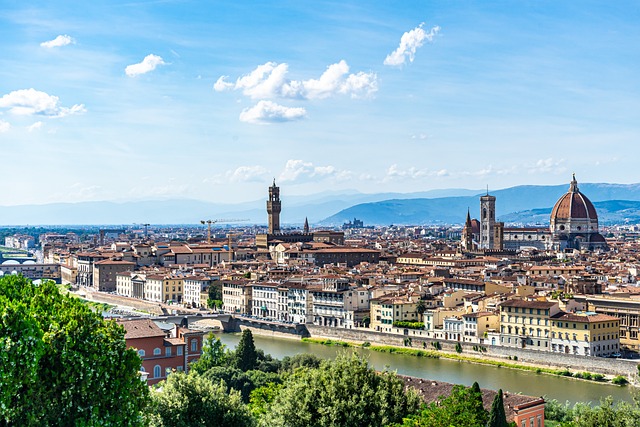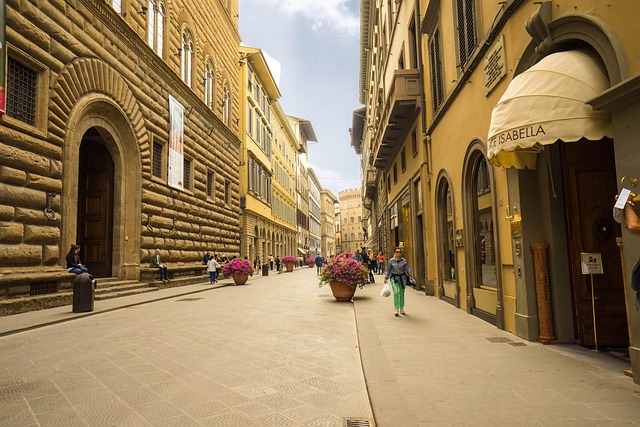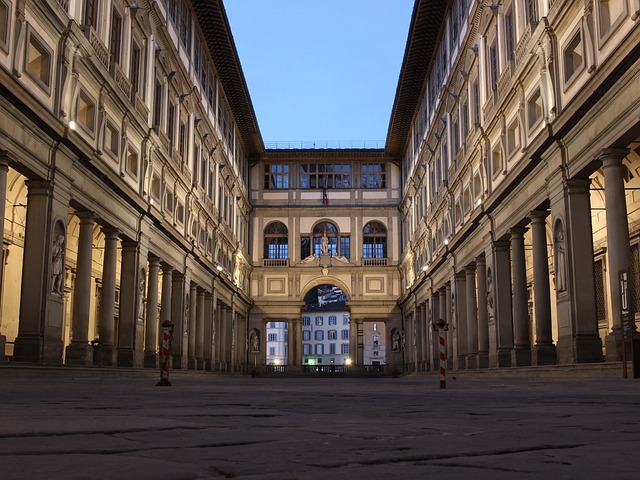Prisons, once seen as isolated, are now key players in urban development due to their real estate potential. Closing or relocating correctional facilities creates valuable spaces for mixed-use developments, combining retail, office, and residential areas. This drives economic growth, enhances property values, and attracts businesses. The real estate market fosters vibrant communities and sustainable economies through the repurposing of former prison lands. By leveraging prison sites, local governments can create thriving neighborhoods that attract jobs, residents, and tourists, ultimately boosting the local economy.
Prisons often conjure images of confinement, but in many communities, they’ve become unexpected catalysts for urban renewal. This article explores how notable prisons have fueled local economies from a unique angle—real estate development. We delve into their role as urban anchors, their economic impact on jobs and businesses, and the community revitalization that follows their closure. Discover how former prison sites are transforming into thriving neighborhoods, reshaping landscapes, and offering new opportunities in the dynamic realm of real estate.
The Role of Prisons in Urban Development: A Real Estate Perspective

Prisons, often perceived as isolated institutions, can significantly influence urban development from a unique real estate perspective. In many cities, land formerly designated for correctional facilities has undergone transformative re-purposing, leading to vibrant economic growth and revitalized communities. The closure or relocation of prisons opens up valuable spaces that can be leveraged for various purposes, such as industrial parks, commercial hubs, or residential neighborhoods. This shift not only stimulates local economies but also contributes to the overall urban landscape, enhancing property values and attracting businesses.
The real estate market plays a pivotal role in this transformation, as former prison sites become highly desirable for their central locations and ample space. Developers can create mixed-use developments that combine retail, office, and residential areas, fostering a bustling atmosphere that attracts residents and visitors alike. This process not only generates revenue but also provides opportunities for local entrepreneurs, artisans, and service providers, ultimately enriching the urban fabric and creating sustainable economic ecosystems.
Economic Impact: Jobs, Businesses, and Revenue Generation

Prisons, often viewed as sources of societal concern, can surprisingly become significant economic drivers for nearby communities. The economic impact of prisons extends beyond their walls, creating a ripple effect that touches various aspects of local life, particularly in terms of job creation and business growth. In many cases, correctional facilities bring much-needed employment opportunities to regions where unemployment might be high, providing a steady stream of income for residents.
The presence of a prison can stimulate real estate development as well. Infrastructure projects associated with the prison’s construction and subsequent support services can attract new businesses, restaurants, and housing complexes catering to the prison staff and their families. This influx of economic activity generates substantial revenue for local governments, which can then reinvest in community development initiatives. The strategic planning and management of this growth ensure that the region prospers, offering a unique opportunity for economic diversification and prosperity.
Community Revitalization: Transforming Former Prison Sites into Thriving Neighborhoods

The closure of prisons often leaves behind valuable real estate, presenting a unique opportunity for community revitalization and economic growth. These former correctional facilities can be reimagined as vibrant hubs, fostering new developments that cater to diverse needs. By repurposing these sites, local governments and developers can create thriving neighborhoods, attracting businesses, residents, and tourists alike. The transformation process involves careful planning to integrate the site’s history while incorporating modern amenities, ensuring a harmonious blend of past and present.
Community engagement plays a pivotal role in this revitalization process. Local artists, entrepreneurs, and residents can contribute to shaping the new identity of these areas. Adaptive reuse strategies, such as converting prison buildings into lofts, co-working spaces, or cultural centers, can attract creative minds and stimulate local economies. This not only brings a sense of place and community but also generates revenue through tourism, retail, and residential rentals, ultimately enhancing the overall quality of life for nearby residents.






